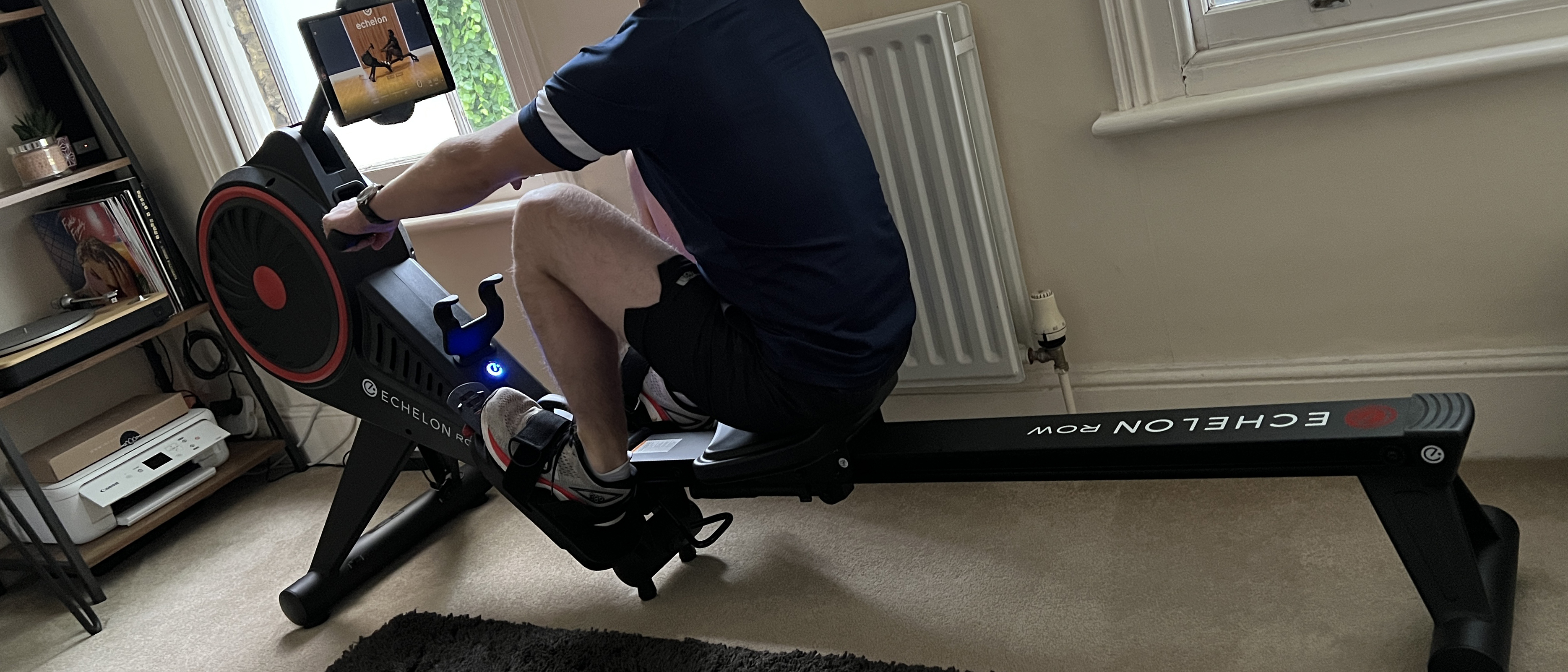Live Science Verdict
The Echelon Smart Rower is a high-quality rowing machine for at-home workouts. The foldable design makes it easy to store between sessions, and there are thousands of classes and on-demand workouts to stream using the Echelon app. This all comes at a cost – an investment in the machine and an ongoing monthly subscription for the app – but if you're after a convenient way to work your whole body without leaving the house, this may be the right rower for you.
Pros
- +
Foldable design
- +
Echelon Fit app for virtual workouts
- +
Quiet magnetic resistance system
Cons
- -
No integrated display for workout metrics
- -
Echelon Fit app requires monthly subscription
Why you can trust Live Science
The Echelon Smart Rower is a great way to get a full-body workout without leaving the house. Its foldable design makes it convenient to store between sessions, and the Echelon app has thousands of on-demand classes.
However, unlike many of the best rowing machines, the Echelon rower doesn't come with a display. Instead, you need to install the Echelon app on your smartphone or tablet and place it in the machine's device holder.
Resistance type: Magnetic
Resistance settings: 32
Display type: None
Dimensions: L 84in (213.4cm); W 21in (53.3cm); H 45in (114.3cm)
Folding: Yes
Heart rate monitoring: Echelon Fit app supports Bluetooth heart rate monitors
App compatibility: Echelon Fit
Weight: 108lbs/49kg
Warranty: 12 months
It's an interesting design choice, but it means that the only way to view your workout stats is through the app. And if you cancel your app subscription, you can still use the machine, but you can't track your progress.
We put the Echelon Smart Rower through its paces – from beginner-friendly workouts to high-intensity sessions – to help you decide whether it’s suitable for your home-gym setup.
Price and release date
The Echelon Smart Rower retails for $1,299, or £949 in the UK. This is the cost of the machine, but you'll also need to take out a monthly membership for $39.99/£29.99 to access the Echelon app. This makes it more expensive than traditional machines without virtual workouts, like the Concept2 RowErg, but still lower-cost than other connected machines, including the Hydrow, which has an integrated display.
The Hydrow has a similar pricing mode (investment in the hardware plus a monthly digital subscription) but if you cancel your membership, the rower still has a Just Row mode for independent workouts.
Design
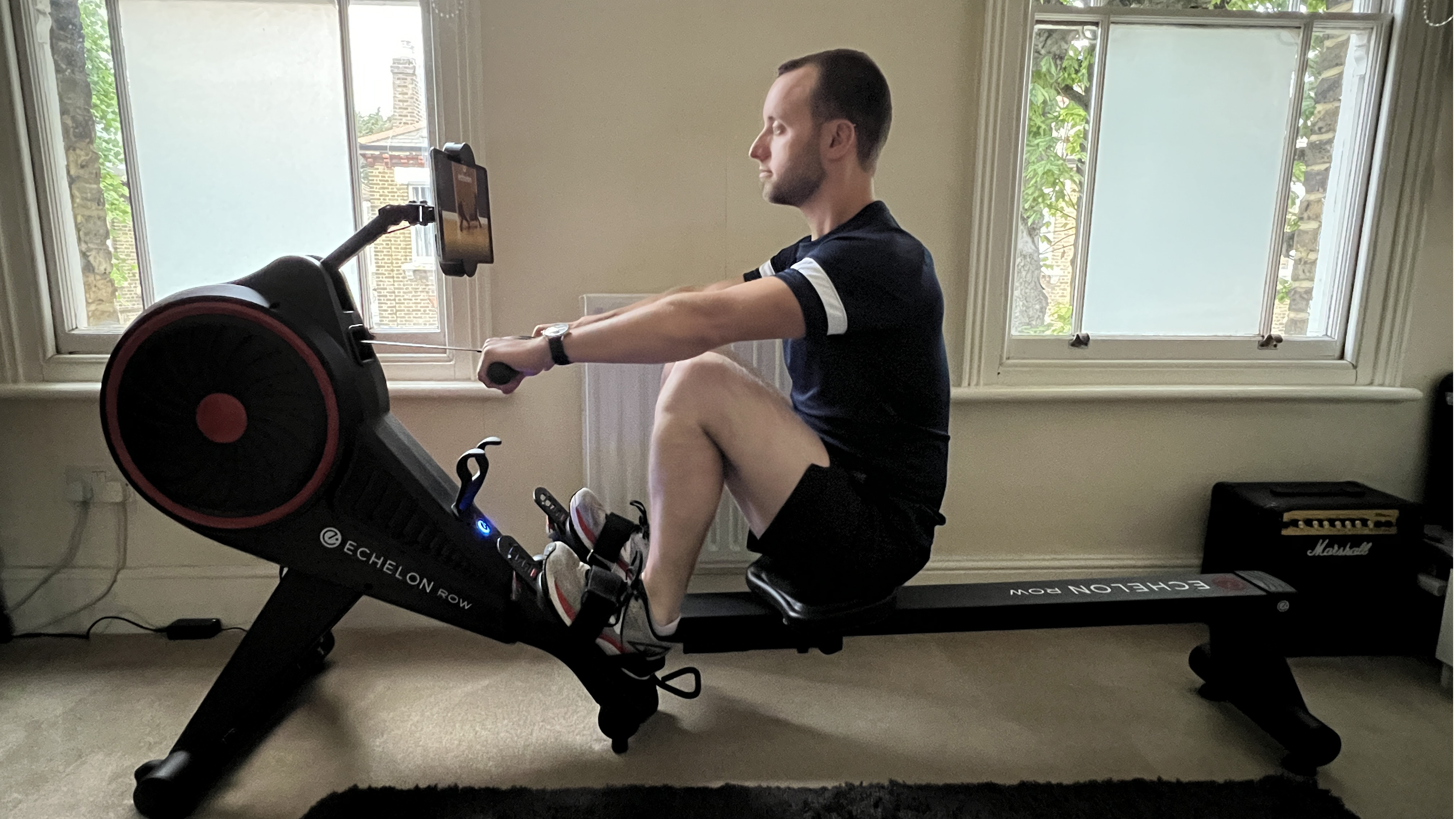
The Echelon Smart Rower looks like many other rowing machines: the resistance mechanism and handlebars at the front and a slider and seat attached, but we found there are differences that set it apart.
There's a flexible joint in front of the seat, making it possible to fold the slider vertically for easy storage. We were worried that this would be a challenge to use, but the quick-release mechanism made it easy.
This didn't affect the durability of the machine, though. Once the slider clicks back into place, the Smart Rower is stable, even during vigorous workouts. The adjustable footplates keep you firmly in place while exercising.
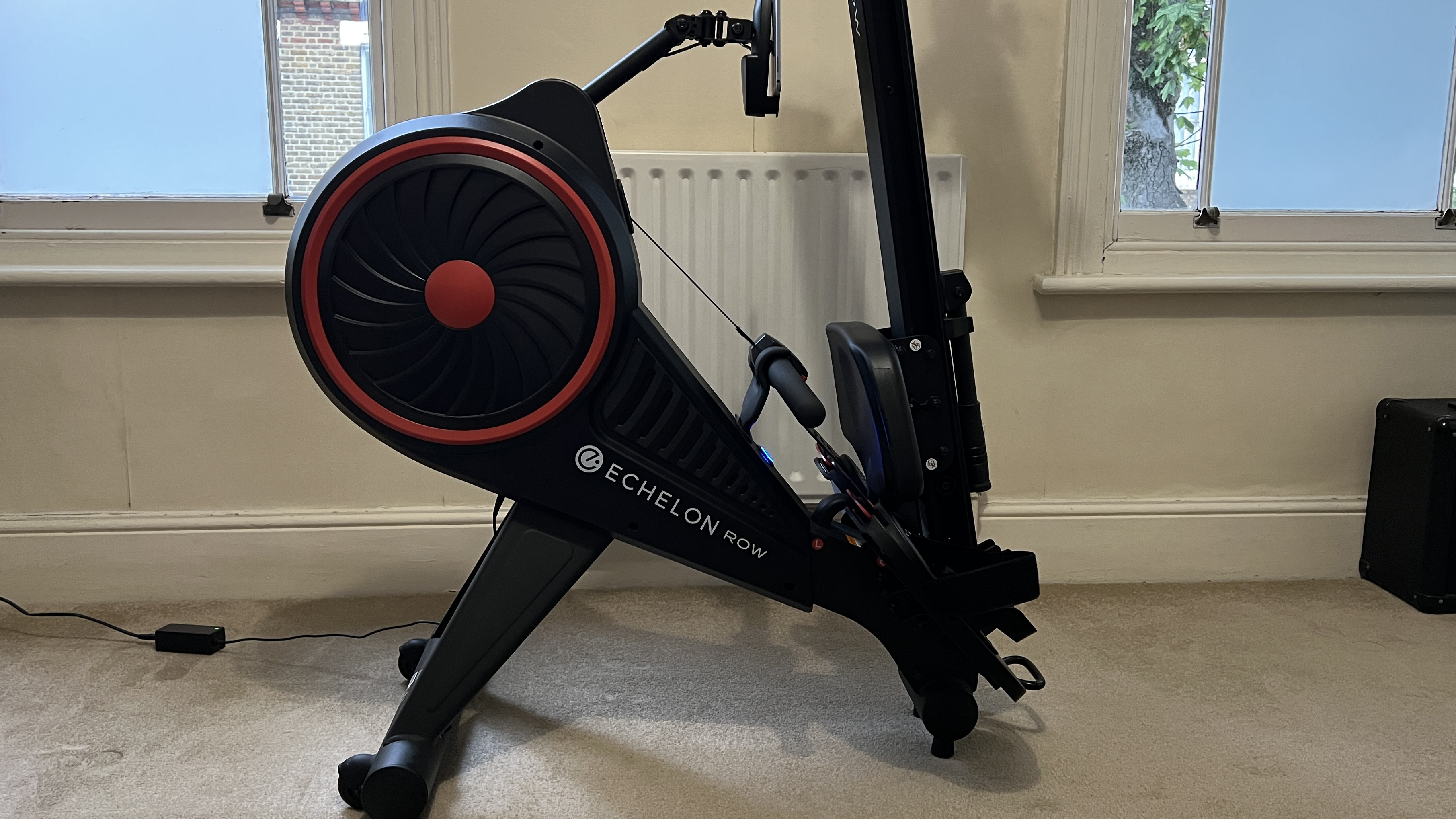
The Smart Rower has 32 levels of magnetic resistance, and you can move between them using the handlebar-based controls. This is convenient and helps keep your focus on your exercise.
Above the handlebar, there's an adjustable arm and device holder to keep your phone in view during your workout. It can accommodate tablets, which is helpful as the app is difficult to view on your phone screen. You'll also need your device to view your workout metrics, but connecting the machine to the app and the resistance controller to the machine takes power, so you'll need to plug the Smart Rower into the mains, too.
Ease of use
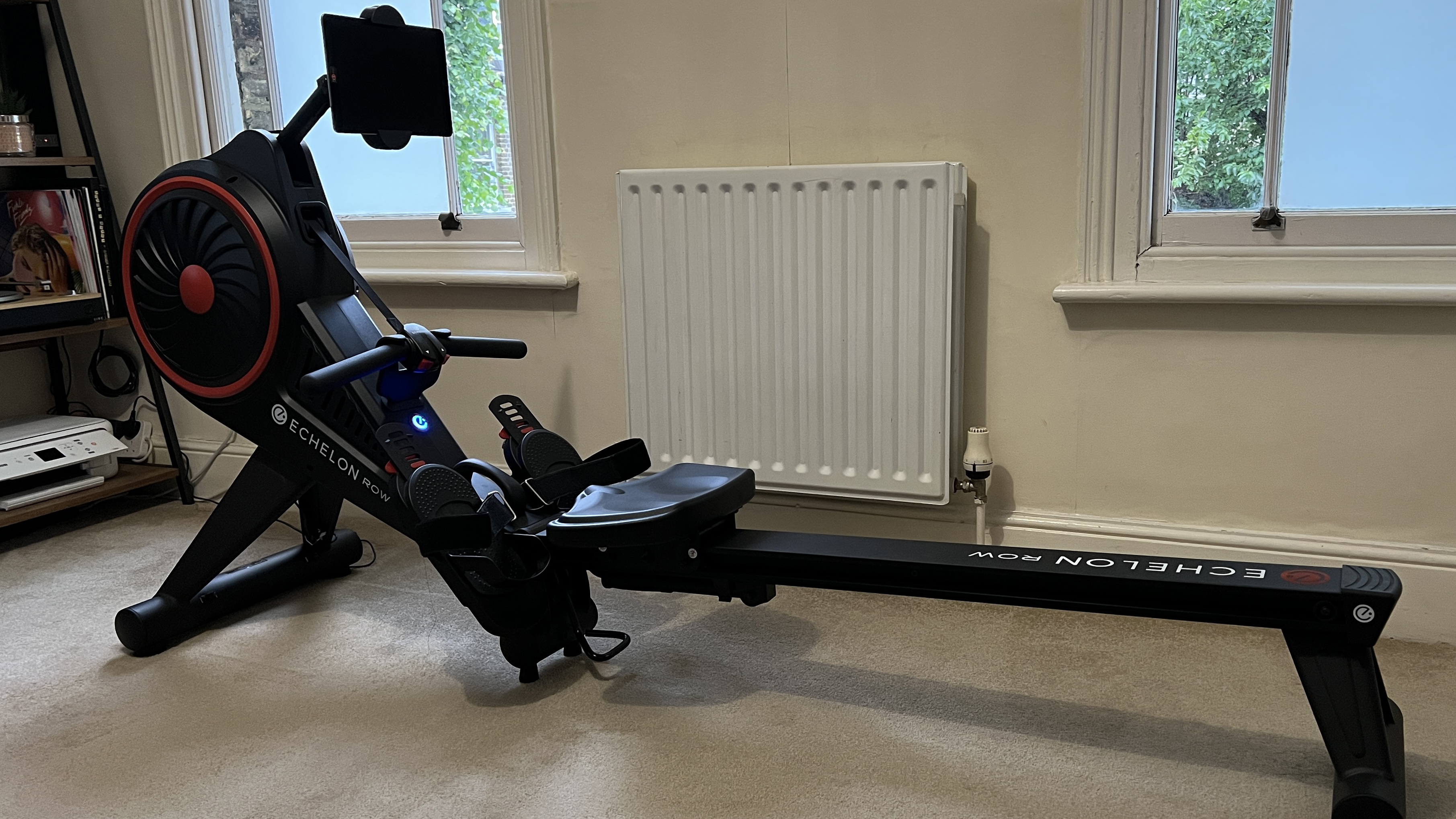
When it arrives, the rower is in two parts – so it needs assembly. Echelon has made this straightforward, with just a few large screws to join the slider and resistance mechanism and attach the feet. The machine is heavy (108lbs/49kg), so it's worth having someone help you. While I managed on my own, handling the resistance mechanism (which is where most of the weight is) was a challenge.
Thankfully, this is a one-time process and, once done, the Echelon Smart Rower is a breeze to use. The magnetic resistance mechanism means there's little maintenance required.
There's no integrated display, so you'll need to navigate the Echelon Fit app on your smartphone or tablet. The app's design is functional, which doesn't impact your workouts but makes it difficult to navigate. We found this was the case when using the smartphone version, as the various menus and filters are better suited to a device with a larger display, like an iPad or other tablet.
Functionality and performance
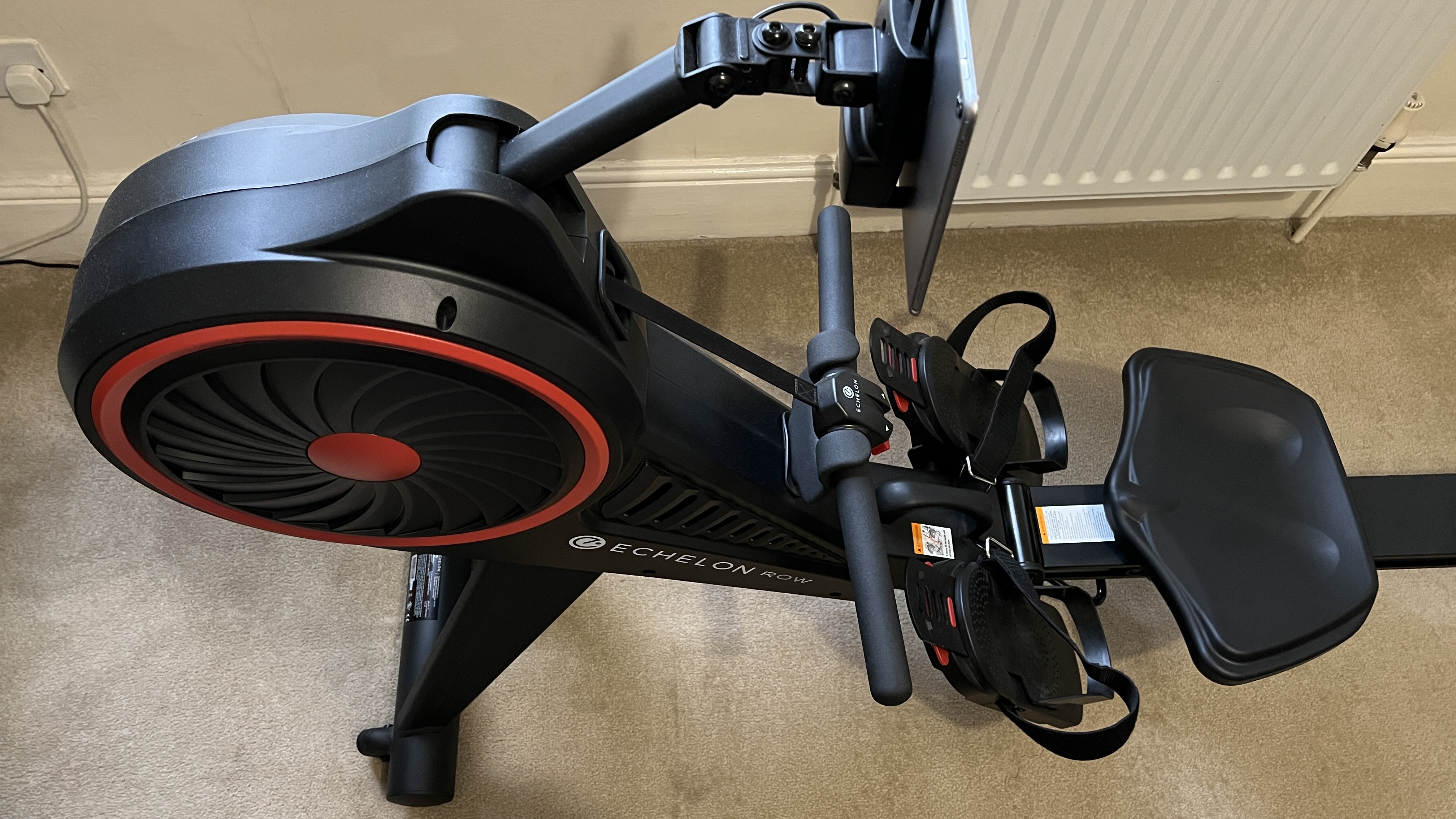
Many people first experience air-based rowing machines at the gym or fitness center. These are effective but can also be noisy, so they are not great for at-home exercise. However, the Echelon's magnetic system is almost silent.
We found this was consistently the case, even as we used the handlebar controls to cycle through the machine's 32 levels of resistance. The handlebar was comfortable to hold and didn't cause us any blisters.
Echelon has considered the smaller details: often overlooked features like the foot straps have grips at the end to make it easy to pull them tight and undo them when you've finished.
As you'll be using your own smartphone or tablet to stream the classes, you can use headphones if you want to keep the noise down even more. This is helpful, but it's a shame there's no integrated display.
The app gives you access to a library of thousands of on-demand classes and to join live sessions, but it feels like an afterthought, especially compared with the premium feel of the machine. The layout is confusing, and it's hard to distinguish between live and on-demand classes. Plus, there are few integrations with other fitness apps like Strava or fitness watches like the Apple Watch.
But once you've got all that out of the way, we enjoyed the Echelon workouts. The instructors were energetic, clear, and motivational, while the routines were challenging but achievable.
Value for money
The Echelon Smart Rower is a mid-range rowing machine, but that doesn't necessarily make it good value for money. We were impressed with the equipment, but the reliance on the subscription-based app makes it expensive in the long run.
Rowing machines like the Concept2 RowErg are popular because they're durable, but to get the most from your Echelon rower, you need to take out a monthly membership to the Echelon Fit app if you want to access the on-demand and live classes. This sets you back an additional $39.99 per month.
Final verdict
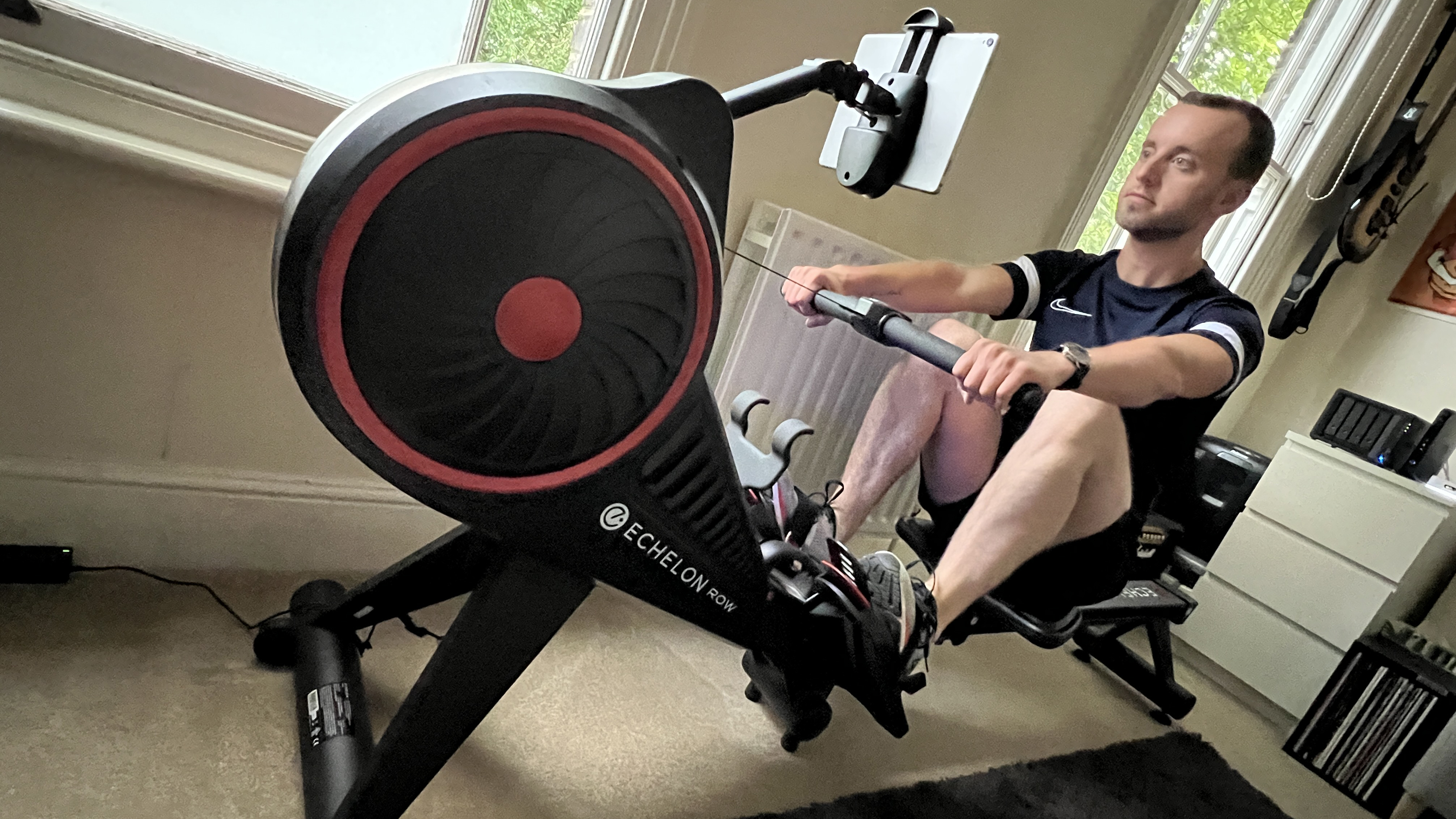
Everything about the Echelon Smart Rower feels well-designed. The sleek-looking machine has an easy-to-use folding mechanism, near-silent magnetic resistance, and convenient resistance controls on the handlebars.
It's a near-perfect machine at a competitive price, but the lack of integrated display complicates things. You'll need your own device to access the Echelon Fit app, which has an extensive library of on-demand and live classes.
There are plenty of choices, too, so whether you're a rowing newcomer or an experienced rower, you can find a class to suit your needs. We liked that it was easy to filter by training styles and instructors as well.
But to access these sessions, you'll need to take out a relatively costly monthly Echelon membership on top of the initial price of the machine. And if you cancel your subscription, you lose access to your workout metrics too.
However, when the machine, app, and foldable design are taken as a complete package, the Echelon Smart Rower is an excellent way to get a full-body workout without leaving the house.
Alternatives
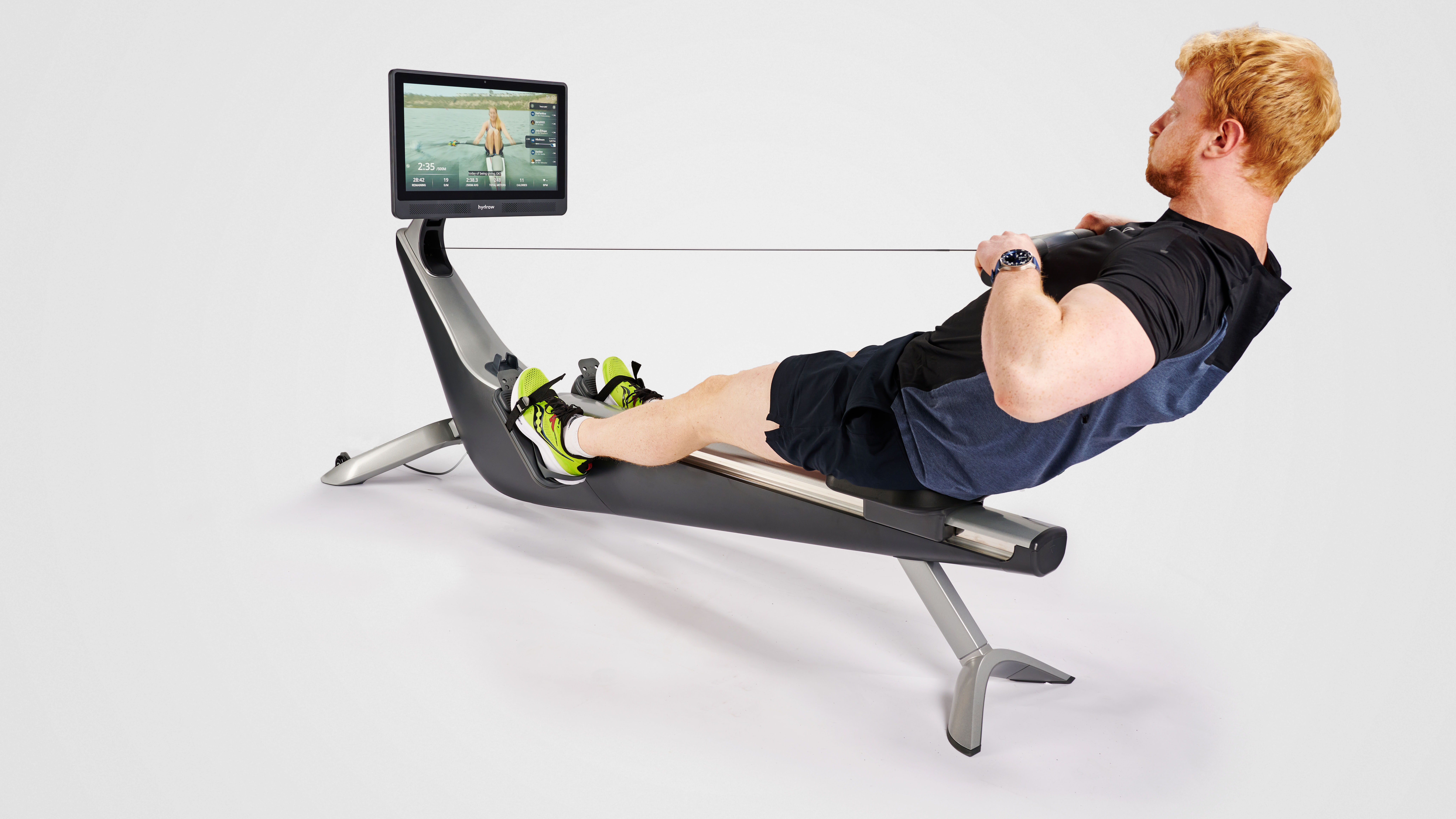
If you're after a more integrated experience, it's worth considering the Hydrow rowing machine (above). It's not foldable like the Echelon, but it does have a 22in display for streaming live and on-demand workouts. Plus, if you choose to cancel your membership, you can still view your workout metrics in the Just Row mode.
You may also prefer a more tried-and-tested traditional rowing machine like the Concept2 RowErg. Thanks to its industry-standard metrics and durable design, this is a popular rower found in gyms worldwide. The air-based resistance means it's not as quiet, but it's an effective way to train.
How we tested
We had the rower in our house for several months and used it at various times of day to see how quiet the magnetic resistance system was and whether you could exercise without disturbing others in your household.
We also considered how the machine felt to use and the virtual workout experience. We paid close attention to the physical design, like the comfort of the handles, the ease of set-up, and the effectiveness of the controller.
We used the Freestyle Ride mode to complete independent rows, covering shorter distances (500m) and longer sessions up to 5km. We also tried a range of classes to experience a variety of instructors and workout styles.
James is a Staff Writer for Live Science's sister site, Fit&Well. Before joining Future in 2021, he was the Buyer's Guide Editor and a Senior Staff Writer for the consumer technology website MakeUseOf and has bylines at Blocks Decoded, Lifewire, and Happiness.
He regularly tests out fitness equipment, including smartwatches, headphones, and writes about affordable ways to improve your health and wellbeing. James studied Mechanical Engineering at the University of Surrey, which is where he learned about the fundamentals of thermodynamics, fluid mechanics, and material design.
